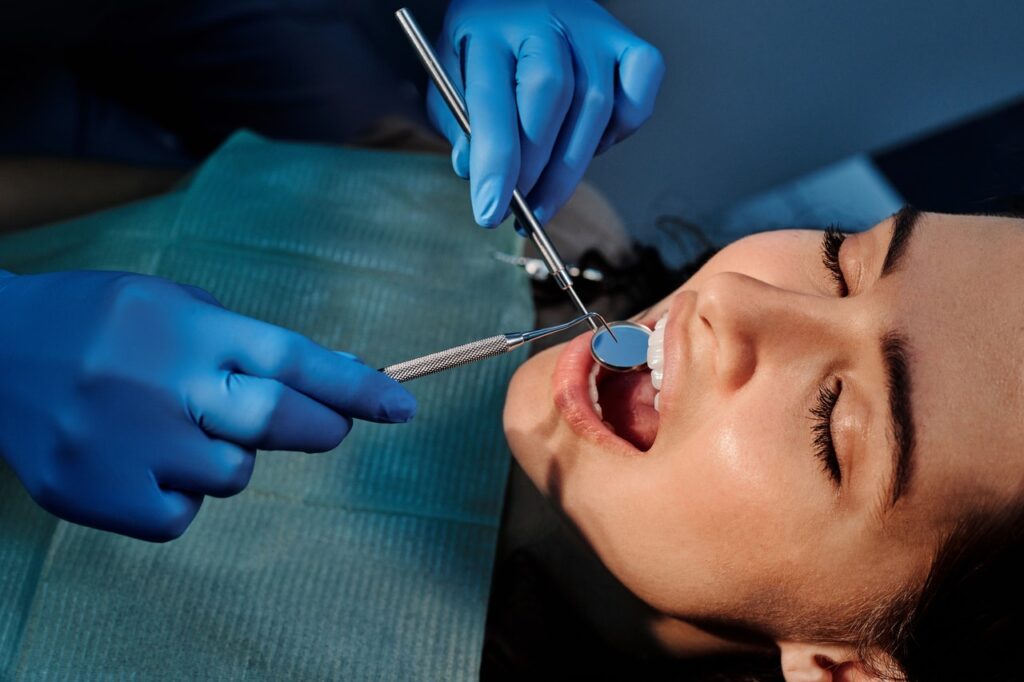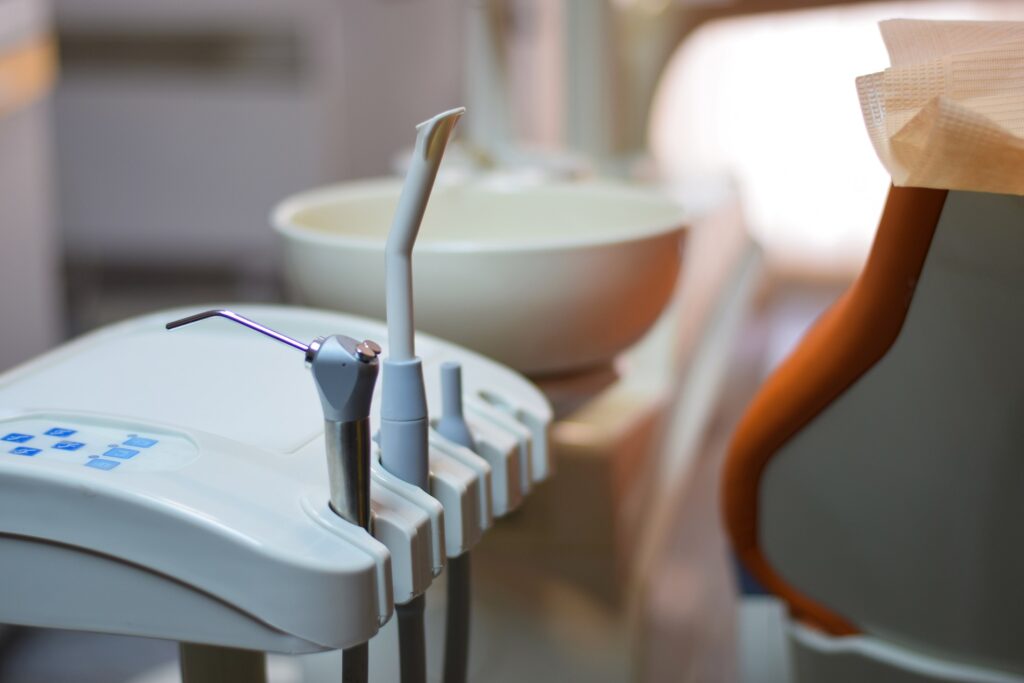What Is Sedation Dentistry?
Sedation dentistry uses different dosages and types of drugs to put the patient into a relaxed state. In most cases, the patient is not usually, "sleeping", despite it being referred to as, "sleep dentistry".Lots of people experience everything from uneasiness to crippling panic attacks at the dentist depending on how bad their phobia can be. Some people can put off going to the dentist for months, or years depending on how severe the anxiety is. This will only make things more difficult for both the dentist and the patient, as dental problems generally tend to only get worse over time if they are not treated.

Are there different levels of Sedation Dentistry?
Minimal Sedation
Being awake but relaxed.
Moderate Sedation
Being able to remember the procedure but you may be slightly dizzy during or after.
Deep Sedation
Being held at the edge of the consciousness but you are still awake.
General Anesthesia
Being completely unconscious.

What Types Of Sedatives Are Used In Sleep Dentistry?
Inhaled Minimum Sedation
The dentist will administer nitrous oxide, also known as, “laughing gas”. The effect will have a short duration. You may be able to drive home afterward with nitrous oxide (we do recommend you organize a ride though, just to be safe).
Oral Sedation
The dose may be strong enough to be considered, “moderate”, depending on what is needed. The drug given will usually be, “Halcion”, which is in the same family as, “Valium”.
IV Moderate Sedation
This is a stronger, quicker-acting, sedative. You will receive the drug directly into your bloodstream through an IV.
Deep Sedation

Who Needs Sleep Dentistry?
Sedation dentistry isn’t for everyone, and it is generally used only when absolutely needed. The most common reason dentists use sedation is for anxious patients.
Other common causes for sedation may (but not always) include patients who:
- Have a low pain threshold
- Have Trouble sitting still due to discomfort or other possible inflictions
- Have highly sensitive teeth
- Have a bad gag reflex
- Have lots of dental work to be done
- Are children
Who Can Perform Sedation Dentistry
Frequently Asked Questions
How Safe Is Sedation Dentistry?
It’s incredibly safe, we hold our dentists to high-standards and we know that our sedation methods are as safe as they can be!
What Does Sedation Dentistry Feel Like?
Minimal may leave you awake, but “groggy”, or “dizzy”. With moderate sedation, you may feel very drowsy, and may even fall asleep. With sedation, you will most likely be asleep.
Can I Drive Home After Being Sedated?
You may be able to if you were only minimally sedated. However, we recommend you arrange for transportation if you can, just to be safe. For moderate, and deep sedation, you won’t be able to drive afterward.
